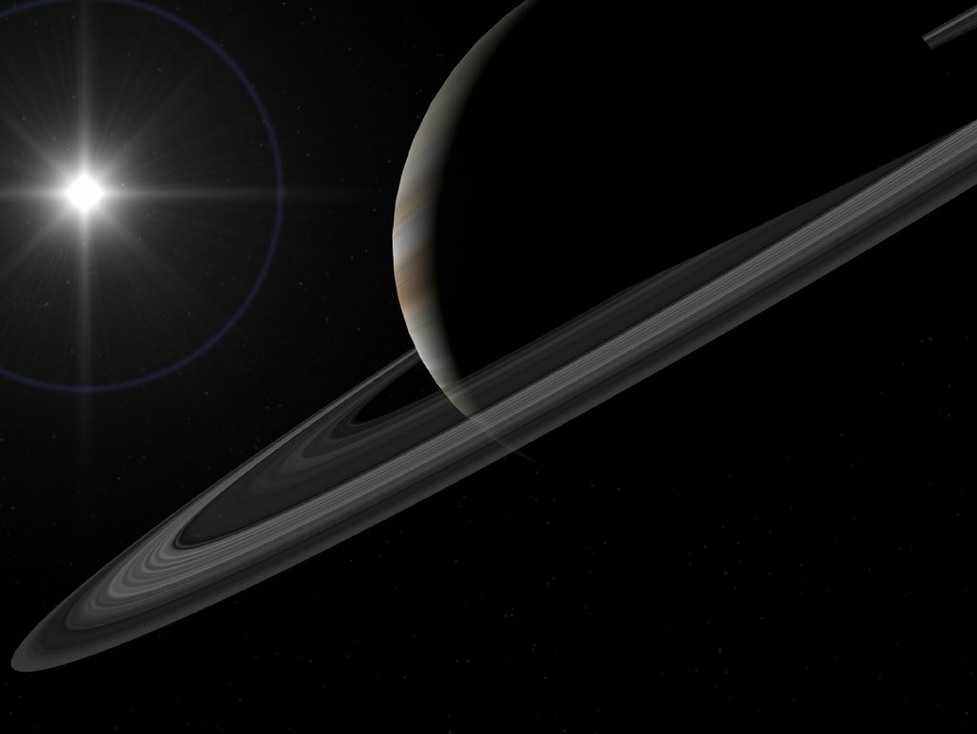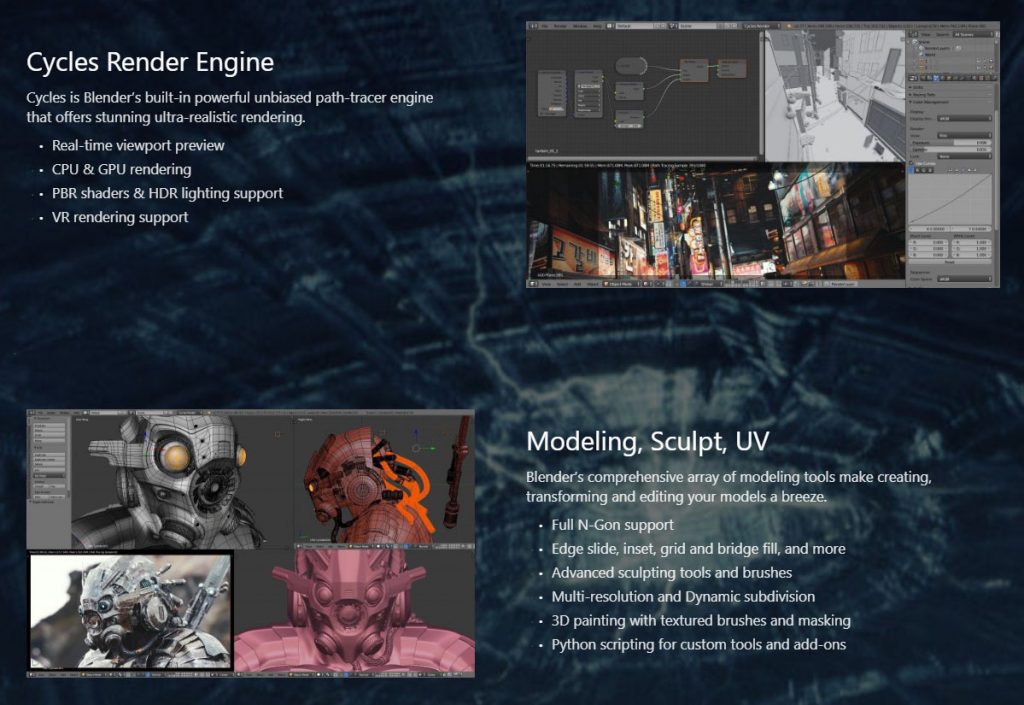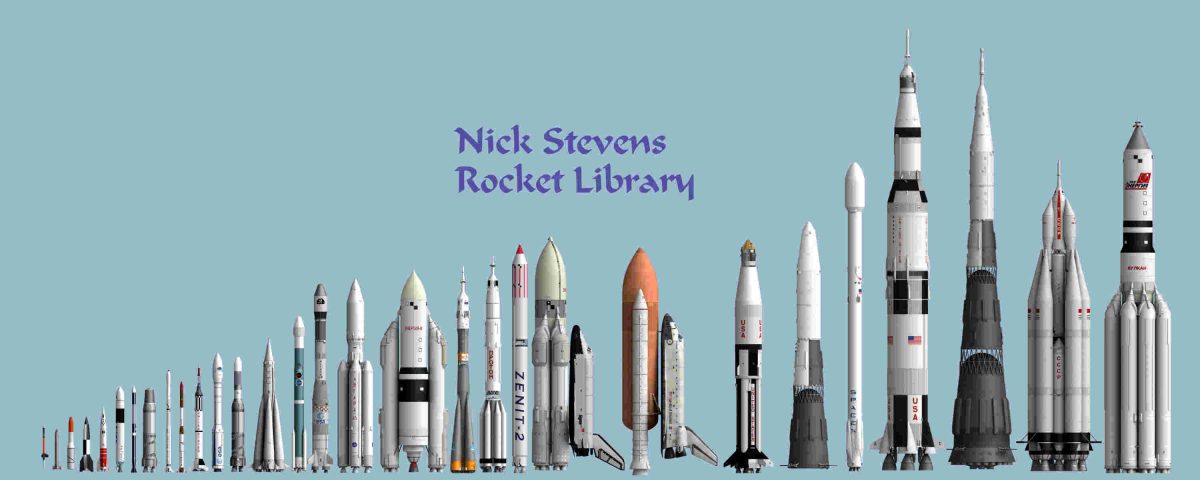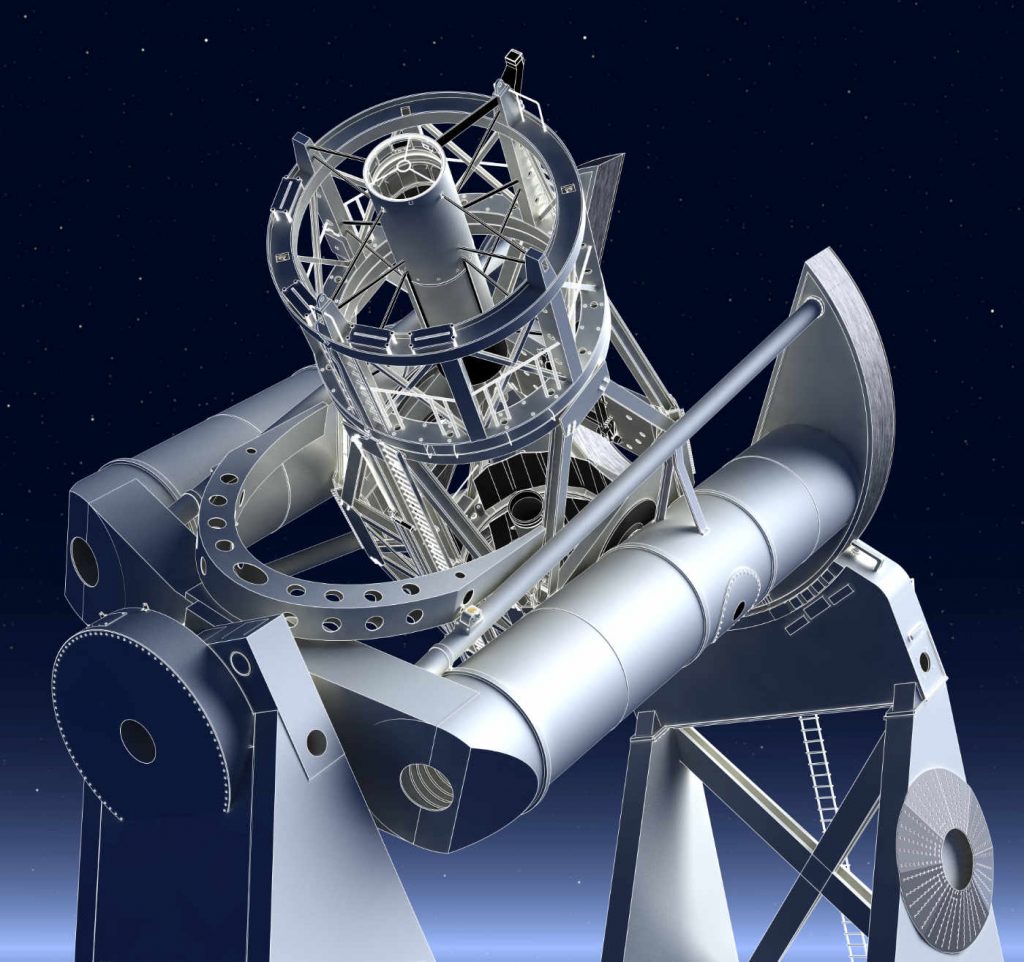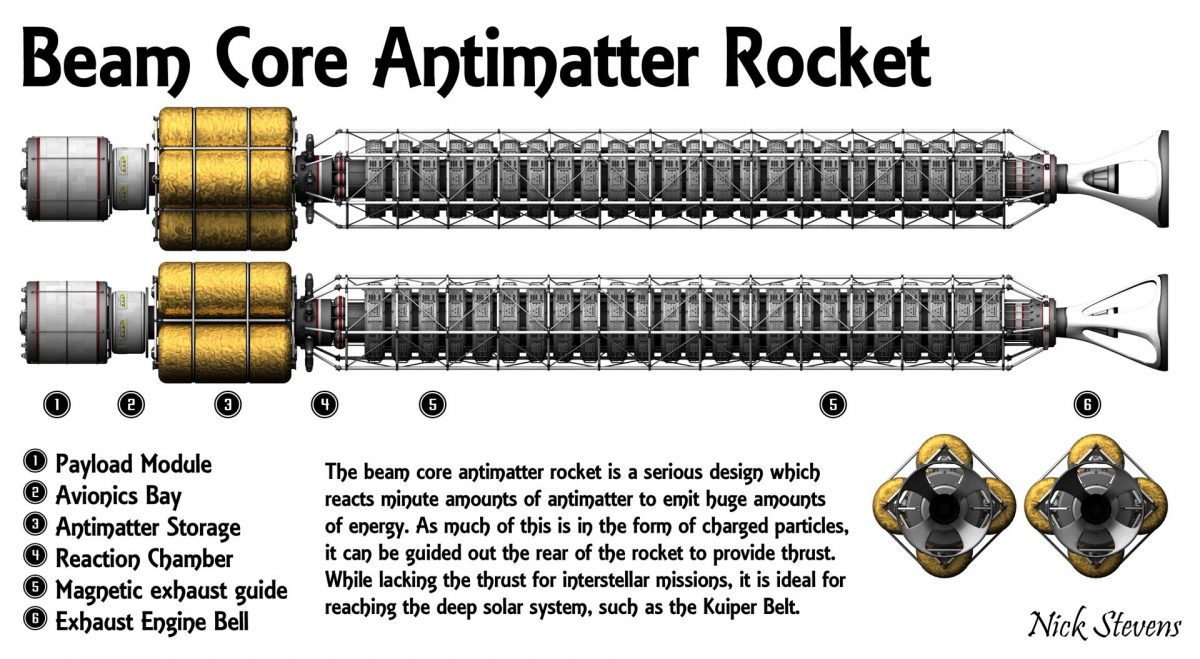As it came up in a couple of different circumstances, I thought I’d write a post featuring some of my Lunar renderings. The Moon was one of the first things I successfully rendered in 3d – The simple shape made the modelling easy, and just adding a colour channel texture and a bump map meant I could produce nice views of the Moon from any angle.
The current model.
The current version of my Lunar Model has 46 million polygons, and the craters and mountains are modelled using displacement mapping. In other words, the features are done with proper geometry, so the crater walls cast shadows.The colour texture map is about 1 gigapixel, so really large high resolution views are possible. Continue reading “Lunar Renderings”



